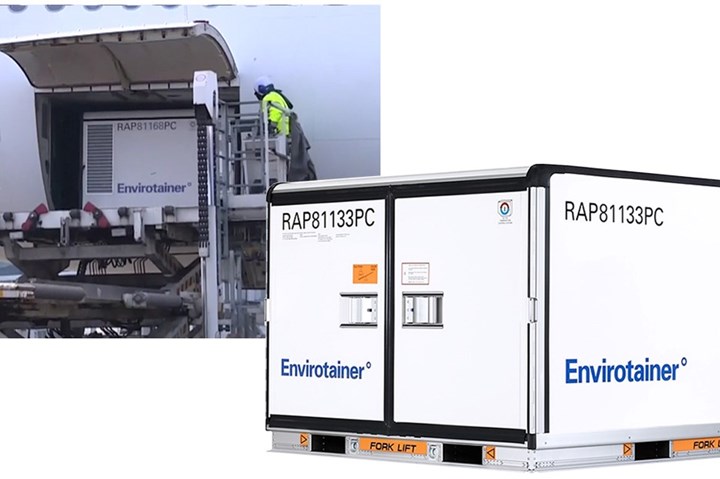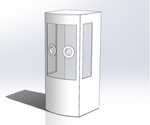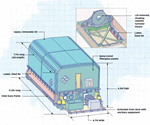Composite vaccine shipment container incorporates Diab structural core
The Envirotainer RAP e2 container is being used to ship COVID-19 vaccines globally.

With support from engineers at structural core specialist Diab (Helsingborg, Sweden), pharmaceutical air freight solutions provider Envirotainer (Sollentuna, Sweden) has developed a temperature-controlled air cargo container called the RAP e2 that is now being deployed for safe transportation of COVID-19 vaccines worldwide.
According to Diab, the companies have been working closely together for more than 10 years. During the development of the RAP e2 container, the team decided to replace the more traditional aluminum/polyurethane foam (PUR) construction with sandwich composites using Diab structural core, for improved thermal, structural and impact performance.
The result, Diab reports, is a container that offers almost twice the insulation value compared to the equivalent aluminum/PUR container, reducing the size of the battery pack for the temperature control system. The interior temperature can be maintained at a constant temperature (from -20 to +40°C [-13 to +104°F]) throughout the container’s journey. Full-scale tests have also shown that it can withstand more than a 23-ton static load on its roof.
Because of the sandwich composite design, the Envirotainer engineers were also able to develop a vacuum-assisted resin transfer molding (VARTM) manufacturing process that enables efficient series production of the containers while maximizing the properties of the sandwich composites. Diab delivers the composite sandwich core as kits with pre-cut parts, making the production of RAP e2 more efficient and contributing to making it easier to increase volumes efficiently.
“Envirotainer is proud to be part of the efforts to transport both ongoing COVID-19 trial shipments as well as the upcoming global shipments of the COVID-19 vaccine,” says Bernt Anderberg, CTO at Envirotainer. “Working together with partners like Diab helps us deliver a safe and secure solution for the life-saving medicines that people depend upon.”
Related Content
-
Large-format 3D printing enables toolless, rapid production for AUVs
Dive Technologies started by 3D printing prototypes of its composite autonomous underwater vehicles, but AM became the solution for customizable, toolless production.
-
PEEK vs. PEKK vs. PAEK and continuous compression molding
Suppliers of thermoplastics and carbon fiber chime in regarding PEEK vs. PEKK, and now PAEK, as well as in-situ consolidation — the supply chain for thermoplastic tape composites continues to evolve.
-
Combining multifunctional thermoplastic composites, additive manufacturing for next-gen airframe structures
The DOMMINIO project combines AFP with 3D printed gyroid cores, embedded SHM sensors and smart materials for induction-driven disassembly of parts at end of life.

.jpg;width=70;height=70;mode=crop)














